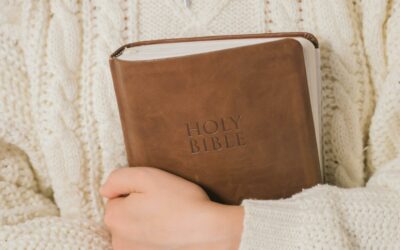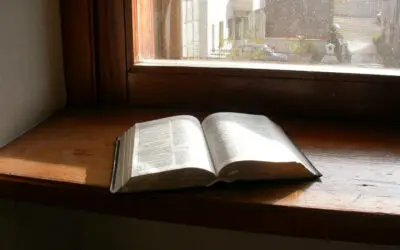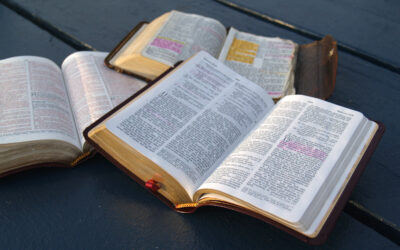Before the scientific revolution, everyone and everything used to revolve around religion and Scripture. But by the end of the period, science became the focal point of the European civilization with a lot of its concepts contradicting the Church’s teachings. So how did the Catholic Church handle this? Let’s get into this in more detail below.
The Catholic Church was hostile to new scientific ideas during the scientific revolution. It rejected and even persecuted leading figures whose ideas and theories challenged the Church’s teachings. But for those who conform to the Christian faith, the Catholic Church supported and embraced their work.
So who are the scientists and philosophers who led the scientific revolution, and how did their theories and ideas go against the teachings of the Catholic Church? Continue reading to find out. But before that, you should first understand what and when the scientific revolution is.
What Was the Scientific Revolution?
The scientific revolution is a period when radical changes in scientific thought took place during the 16th and 17th centuries. It was during this time that new views started to emerge, particularly on nature. This replaces the Greek idea, which has dramatically influenced science for thousands of years, and Christianity, which was at the heart of the European civilization.
Before the scientific revolution, everyone relied on Aristotle and other ancient authors to explain how physics, the universe, and the human body work. Such teachings were then backed up by the Catholic Church who sought to find God’s hands in the natural world. See, in such a heavily religious society, the Church was the authority and the most trusted body for determining what was true and how the truth was found.
That said, the scientific revolution is a defining moment in our history. It was during this time that modern science and the scientific method were born. But outside the many key discoveries made during that time, the scientific revolution was monumental as it marked a time wherein scientists started to separate science from religion.
How Did the Catholic Church Respond to Prominent Figures in the Scientific Revolution?
So what discoveries were made during the scientific revolution, and how did the Catholic Church respond to them? Here are two of the most controversial and prominent figures that you should know about:
Nicolaus Copernicus
It all started in astronomy when Nicolaus Copernicus came up with the heliocentric theory, which was the idea that the sun is near or at the center of the universe or solar system and the Earth and other planets revolve around it.
This was contrary to what was believed for a long time, which was Ptolemy’s geocentric system. In this theory, the Earth is at the center of the universe, and all heavenly bodies revolve around it. This was supported by the Catholic Church because Scripture says that the Earth is at the center and not the sun.
While there have been other people who discussed the Earth’s motion, it was Copernicus who was the first to present a complete theory that could match Ptolemy’s system. His book “Six Books Concerning the Revolutions of the Heavenly Orbs”, which was published in 1543, became instrumental in astronomical research.
How did the Catholic Church Respond?
Contrary to popular belief, the Catholic Church didn’t immediately condemn Copernicus. Instead, they were silent. This, however, didn’t mean that the Church approved of his system.
According to Prof. Richard Pogge, the Church was initially ambivalent to Copernicus’ ideas. As a canon of Frauenberg Cathedral and a loyal member of the Church, you can say that Copernicus was a part of the Catholic hierarchy. He was also able to secure formal permission from the Church’s authority to publish his book and even dedicated it to Paul III, who was the reigning pope at that time. That said, Copernicus didn’t face any persecution when he was alive since he died shortly after his book was published.
The Catholic Church took Copernicus’ system seriously and studied it. It was also widely discussed in Catholic universities. Because his ideas remained a mathematical argument among academics and didn’t threaten the Church’s teachings and beliefs of common men, the Church didn’t see a need to respond to it.
By 1600, 57 years after Copernicus published his book, the Catholic Church still didn’t have an official position in the Copernican system. So it certainly was not a heresy. However, when Copernicus’ theory was being used by other individuals to prove their theories, which contradicted Scripture, the Church couldn’t treat Copernicus’ ideas with silence. So in 1616, the Catholic Church banned Copernicus’ book. This lasted until 1835.
Galileo Galilei
Galileo Galilei used a telescope, which allowed him to discover more about the heavenly bodies. This includes Jupiter having its own moons, that the moon and sun didn’t have smooth surfaces, and the Earth shines through reflected light. These observations contradicted many of the traditional assumptions on cosmology. These also proved that the Earth wasn’t as unique as everyone thought it was.
Galileo’s observations created quite an impact on the society. For one, he influenced others to get their telescopes. While he didn’t exactly prove it, his discoveries did serve as new evidence that Copernicus’ theory was possible, even refuting some of the old objections about it. This resulted in many scholars taking the Copernicus system seriously.
How did the Catholic Church Respond?
Galileo wrote, defended, and taught the Copernican model in public, taking it as an absolute fact. Then in 1615, a complaint was filed against him to the Catholic Church. He was accused of heresy since his belief in the earth’s motion contradicted Scripture. In 1616, Catholic consultants found Copernicus’ book to be false and erroneous. As a result, the theory and the book were banned.
Galileo was then called and told that Copernicus’ theory was false and went against Scripture. This meant that he could no longer defend or teach it. He agreed to comply and kept quiet until 1624 when he wrote the book “A Dialogue on the Two Chief World Systems”, which defended the system. He asked permission from the newly elected pope during that time, Urban VIII, to publish it but was turned down.
With a forged document and his enemies successfully convincing the Pope to make an example out of him, Galileo was charged and found guilty of suspected heresy and for defending the earth’s motion, which meant denying Scripture. As a result, he had to retract his words, and he was put under house arrest until he died in 1642. It was only in 1992, 350 years later that Pope John Paul II declared him innocent.





